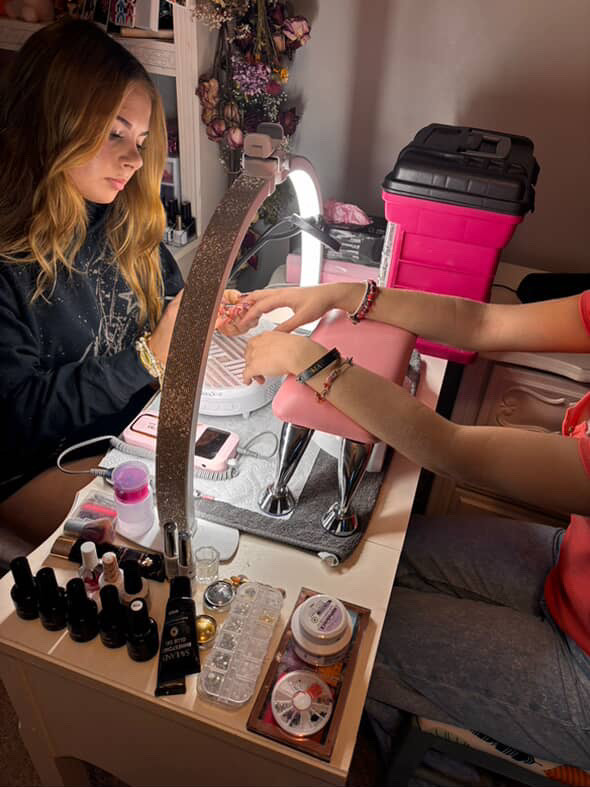Viewers are becoming used to hearing the sharp click of a remote as a clear picture appears on the TV screen. Vivid images of drug-addicted and violent teens, living in a world without authority, flood their vision. And when aimlessly scrolling through their phones, they find headlines ripping teens to shreds for their actions, thoughts, and ideas. Writers add in a sprinkle of judgment as they continue to degrade today’s youth, by using words like “weak,” “sensitive,” and “lazy.” The teens and youth that the media is targeting is none other than Gen Z, a generation that has racked up quite a reputation in recent years.
The term Gen Z is used to describe the current age group of those who are 11-26 years old and who were born between the years 1997-2012. This generation has received heavy media coverage and criticism for their activism, actions of inclusivity, and desire for improvement of human rights. For many teens, this causes a whirlwind of prejudice coming from older generations that are solely based on media coverage and Hollywood shows and films. But what is Gen Z really about, and how can the media correct its own mistakes that come from judgment?
The way Gen Zers are portrayed in Hollywood isn’t helping their case with older generations either. A prominent example is the hit TV show “Euphoria”, which has over 16.3 million loyal viewers, according to Variety Magazine. In this show, the characters are mostly teens who use drugs or sell drugs, excessively take part in underage drinking, spend a lot of time on screen without adult figures, and overall showcase modern-day teens as toxic and party-obsessed. This completely inaccurate portrayal of today’s teens only reinforces what many people believe about today’s youth. Millions of people, including those in older generations, watch this program and can interpret this depiction of Gen Z as reality. Sophomore Alyse Cannady has seen this in action throughout her own life as well.
“Older generations tend to focus on the more negative aspects of our generation painted by the media, instead of all the good things,” Cannady said.
But modern teenagers are much deeper than what is portrayed on a TV screen by glamorous celebrities. In fact, what this generation has had to endure throughout their lives is far from the luxury of Hollywood. Gen Z has had to grow up quicker than the average teenager these past few years, as they have been exposed to the harsh realities about the world. Today’s youth have seen racial injustice with the Black Lives Matter movement in 2020 after the killing of George Floyd in Minneapolis. They have lived through and sacrificed their education because of the COVID-19 pandemic, experienced the utter chaos in democracy during the 2020 election, and had to deal with and process all of these events as children, adolescents, and young adults. All of these events have prompted teens to promote change and call out injustices they see throughout the world, which have angered many older generations. But what’s so bad about being more aware of inequalities within the world around us? If anything, this generation has helped create an inclusive and safe environment for all, which is something that media outlets aren’t showing. Cannady has seen the impact that Gen Z has had first hand.
“Gen Z has done so many things to normalize mental health, encourage climate consciousness, and improve relationships with others,” Cannady said.
In order for the media to fully understand the Gen Z experience and what teens are truly like, the writers of these punchy headlines and dramatic TV shows need to have real conversations with teens and young adults. These conversations allow older generations to have a better grasp on what this generation is, and how teenagers are so much more than a tweet or made-up characters. The contributions from youth today that are making the world a better place have started from a young age, and teens don’t intend to stop any time soon. Gen Z is a powerful generation that is filled with anything but weakness, and it’s time for that to be properly shown throughout pop culture and the media.





















